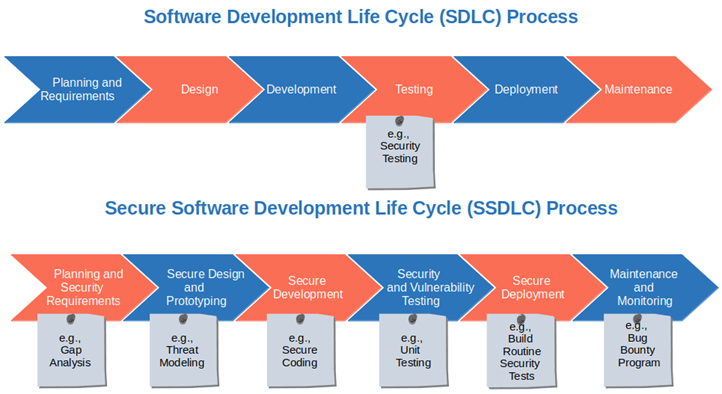Secure Software Development: Building Security into Your Software Development Lifecycle

About Course
In today’s rapidly evolving digital landscape, software vulnerabilities are one of the most common entry points for cyberattacks. This course equips learners with the knowledge and tools to embed security throughout the Software Development Lifecycle (SDLC), ensuring that security is not an afterthought, but a core design principle. From understanding the nuances of secure coding to conducting effective code reviews and complying with global data protection standards, this course covers it all.
Whether you’re a budding developer, a software architect, or a project manager, this course offers a hands-on approach to identifying and mitigating risks at every phase of development—from requirement gathering to maintenance. You’ll learn how to think like a hacker to defend your code, how to meet compliance regulations like GDPR and HIPAA, and how to implement real-world security practices that scale. Secure software isn’t a luxury—it’s a necessity—and this course is your blueprint for building it right from the start.
Course Content
Introduction
Importance of secure software development
00:00Overview of the ebook
00:00